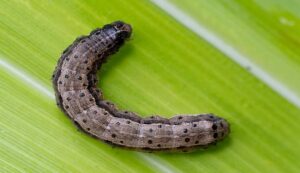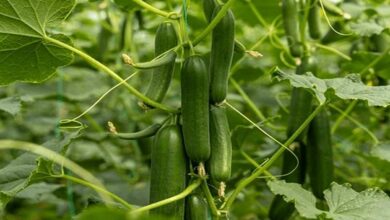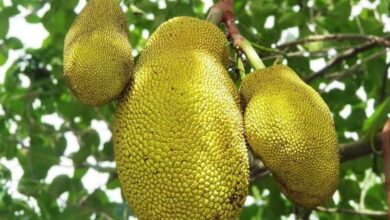How to identify and manage fall armyworm kit in maize crop
Maize Cultivation: Both the Central Government and the State Government sometimes take significant actions or provide essential agricultural advice in order to guarantee the appropriate production of their crops. In light of the growing outbreak of the Fall Army Worm (FAW) pest in maize crops, the Bihar government’s Agriculture Department has issued an advisory to farmers. This bug damages the leaves, which lowers agricultural output. To identify and manage it, the government has released specific instructions.

In this post, we’ll go over how to identify the fall armyworm pest in maize crops and how to manage it using easy steps.
Fall Army Worm Identification
- The larva of this bug is green, olive, light pink, or brown in color.
- Each segment of the larva’s abdomen has four black dots.
- In the center of the skull is a structure that resembles a “\”.
- Initially, this insect consumes the leaf by scratching the surface, which causes the leaves to tear.
Handling the Fall Army Worm
To avoid and manage this pest, the Department of Agriculture has recommended chemical and biological solutions to farmers.
1. Pheromone trapping
To lower the number of this pest, use ten pheromone traps per acre.
2. Control by biology
Apply 5 milliliters of 5% neem seed kernel emulsion (NSKE) or 1500 parts per million of azadirachtin per liter of water.
3. Control of chemicals
Farmers may use any of the chemical pesticides listed below:
- Mix 0.5 ml of Spinetoram 11.7% SC with one liter of water to make a spray.
- Mix 0.4 ml of chlorantraniliprole with one liter of water to create an 18.5% SC spray.
- Mix 0.25 ml of Thiamethoxam 12.6% with Lambda Cyhalothrin 9.5% ZC per liter of water to create a spray.
4. Using toxic or unusual bait
If there is a serious infestation, make toxic bait:
- Combine two kilograms of jaggery and ten kilograms of rice husk in two to three liters of water, then let it ferment for a full day.
- Mix 100 grams of 75% WP thiodicarb and form it into tiny, round pieces before using.
- In the evening, place it in the whorl of plants per acre.
Drone Subsidy
The Bihar government is offering farmers a drone spraying subsidy at a cost of Rs 240 per acre. A maximum of 10 acres will be available for this project.
Where can farmers get in touch?
Farmers should get in touch with their District Agriculture Officer or Assistant Director (Plant Protection) to learn more about this program and to take advantage of its advantages.
Advice for farmers
- Regularly check on the corn crop.
- Take appropriate chemical and biological action as needed.
- Utilize drone technology to benefit from the subsidies.
To help farmers escape this situation, the government is offering them whatever assistance it can. In order to protect their crop against this pest, farmers are encouraged to follow the recommended actions and maintain communication with the agricultural department.





